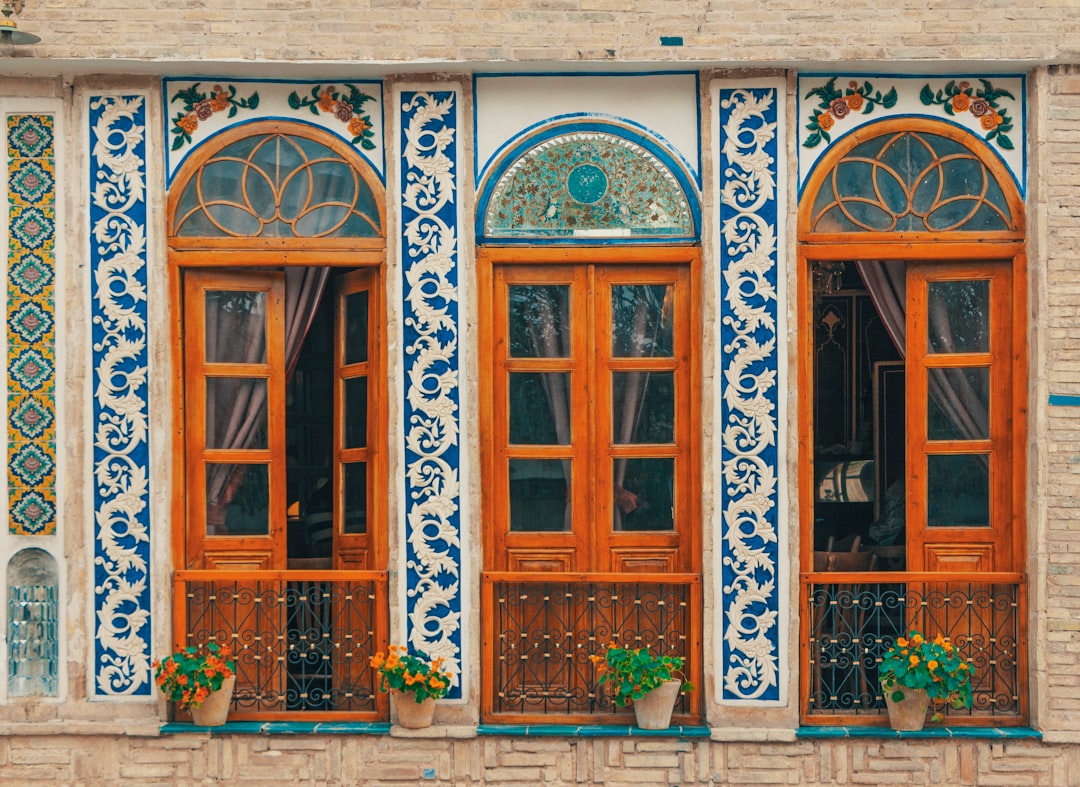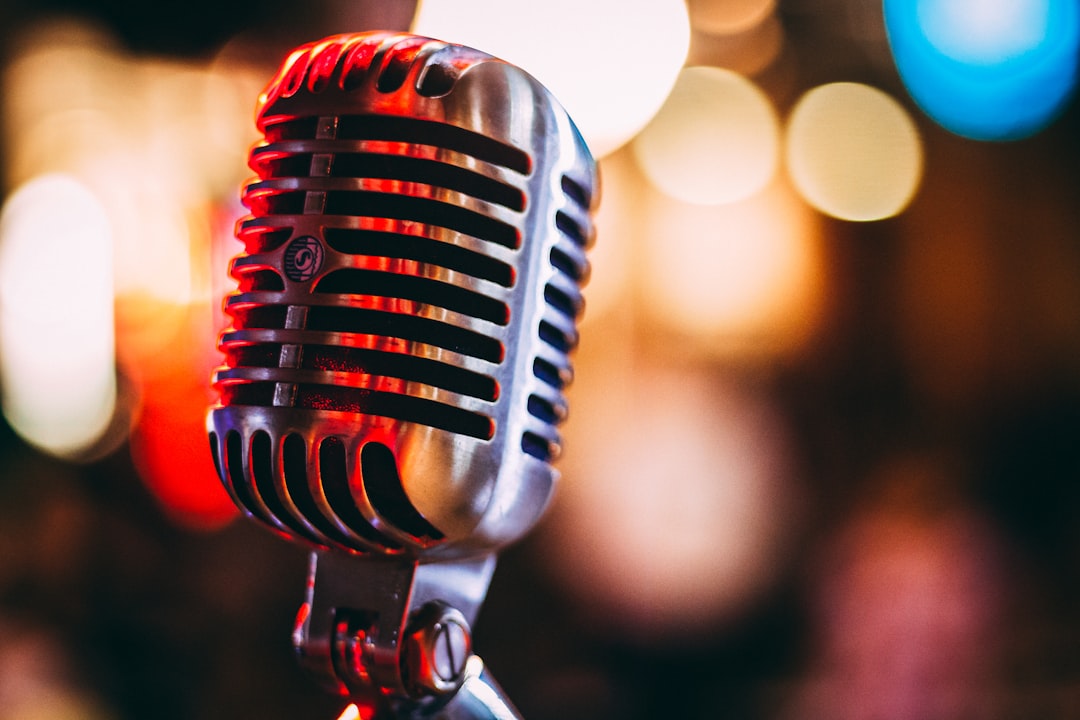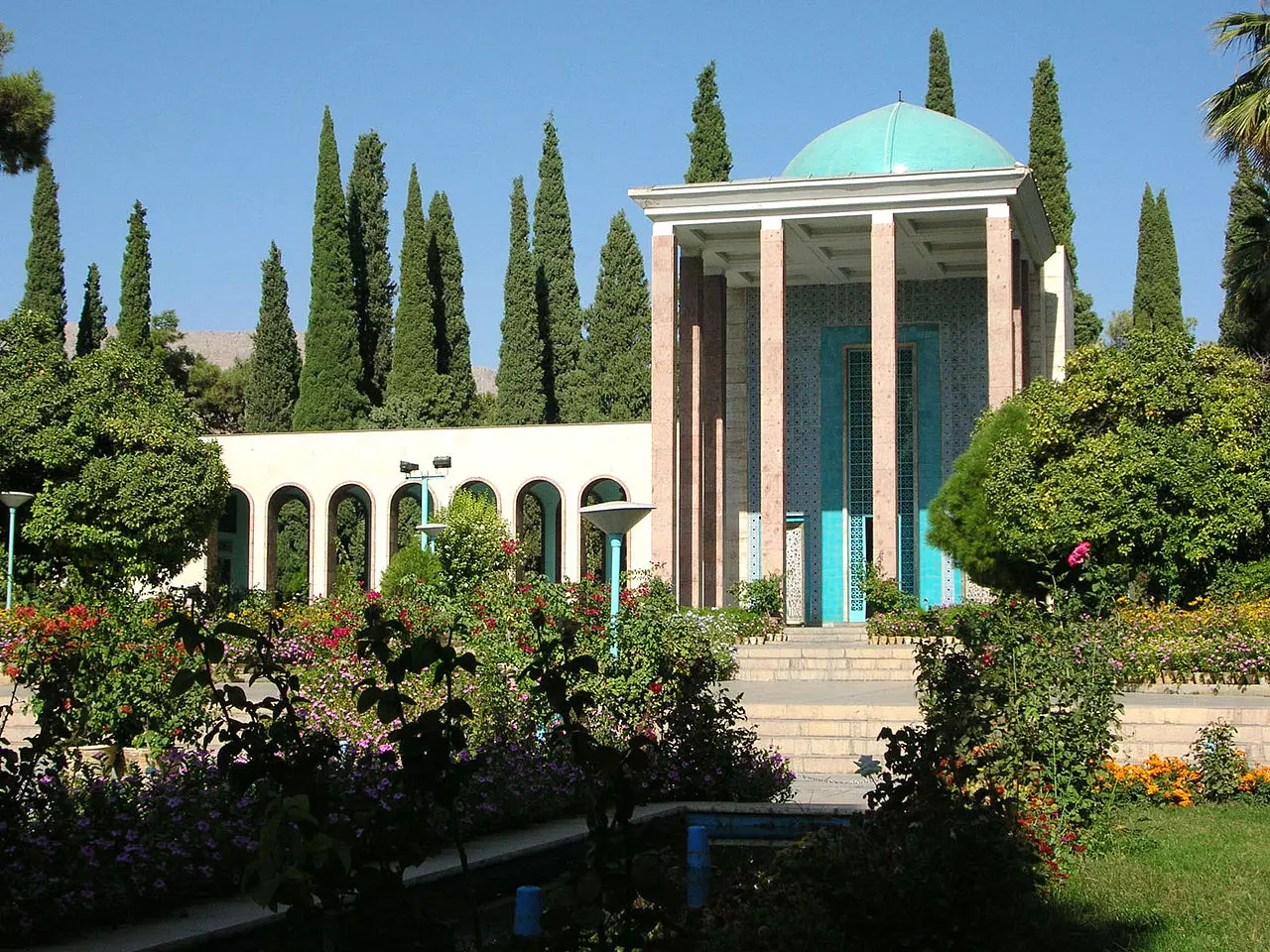Iran, a land of rich history, ancient civilizations, and cultural brilliance, often evokes images of traditional landscapes, timeless poetry, and political complexities. However, modern Iran is a dynamic country where centuries-old traditions blend with contemporary innovations. From its vibrant arts scene to the evolving aspects of daily life, Iran today is a fascinating blend of past and present. In this post, we’ll explore glimpses of modern Iranian culture, arts, and everyday experiences, offering a glimpse into a country that is often misunderstood by the outside world.
🌆 Urban Life: A Contemporary Metropolis
Iran is home to some of the oldest cities in the world, such as Isfahan, Shiraz, and Yazd, but its urban landscape is rapidly modernizing. Tehran, the capital, is a bustling metropolis of over 8 million people, blending the vibrancy of a contemporary city with the charm of its traditional heritage.
In Tehran, towering glass buildings sit side by side with historic Persian gardens, and modern coffee shops and international restaurants coexist with traditional bazaars and ancient mosques. The Tehran skyline is now dotted with sleek office buildings and shopping centers, but the city still retains a deep connection to its past through the preservation of historical sites such as the Golestan Palace and Azadi Tower.
Daily life in Tehran and other urban centers often revolves around the balance between tradition and modernity. Young Iranians are increasingly plugged into the digital world, with a rapidly growing tech industry and an enthusiastic adoption of social media platforms. Yet, many also hold onto traditional values and practices, which influence family life, social gatherings, and even fashion.
🎨 Arts and Culture: A Flourishing Creative Scene
Iran’s artistic scene today is as vibrant as ever. While the country has a rich history of art—spanning ancient Persian pottery and miniature paintings to architectural marvels—contemporary art in Iran has undergone a renaissance in the last few decades. Iranian artists are making their mark both locally and internationally, gaining recognition in the global art community.
Tehran’s Contemporary Art Museum and Sculpture Park showcase the work of talented modern artists, while art galleries across the country exhibit pieces that explore themes ranging from politics and identity to social issues and abstract expressions. Iranian cinema, too, has been at the forefront of international acclaim, with directors like Asghar Farhadi and Abbas Kiarostami earning Oscars and recognition for their compelling and emotionally charged films that explore the complexities of Iranian society.
Music is another area where Iran blends tradition with innovation. While traditional instruments like the tar, setar, and kamancheh are still widely used, modern Persian music has also embraced genres like pop, rap, and electronic. Persian pop stars and hip-hop artists like Sami Yusuf, Hamed Homayoun, and Hichkas have found a global audience while staying true to their Persian roots, blending classical influences with modern beats.
🍽️ Persian Cuisine: A Blend of Tradition and Innovation
Food is an essential part of Iranian culture, and the modern culinary scene is as diverse as it is delicious. While traditional dishes like chelow kebab, ghormeh sabzi, and fesenjan continue to be beloved staples, younger chefs in Iran are experimenting with fusion cuisine and contemporary presentation. You’ll find Persian restaurants in major cities serving modernized versions of classic dishes, incorporating international ingredients while preserving the essential flavors of Persian cooking.
One of the most exciting trends in modern Iranian cuisine is the growth of food entrepreneurship and café culture. The younger generation, especially in cities like Tehran, is passionate about food, and many new restaurants, coffee shops, and food trucks have popped up, each offering a unique take on traditional Iranian dishes. Street food is also a huge part of urban life, with bustling night markets and street vendors serving everything from saffron ice cream to kebab sandwiches.
👗 Fashion and Style: Tradition Meets Modernity
Fashion in Iran is a delicate balance between tradition and modern influences. The mandatory hijab law requires women to wear a headscarf in public, but this has not stopped many young women from expressing their personal style within those boundaries. Modern Iranian women are renowned for their fashion sense, often blending contemporary clothing with traditional elements, like pairing a trendy coat with a stylish hijab. Bold colors, sleek cuts, and high-end fashion are increasingly popular in urban areas.
Men’s fashion, too, has embraced both traditional Persian styles and Western trends. In larger cities, you’ll see men wearing tailored suits, designer jeans, and leather jackets, while still incorporating elements of Persian heritage through accessories like traditional kufi caps or embroidered scarves.
🕌 Religion and Spirituality: The Heartbeat of Society
Iran is an Islamic Republic, and Islam plays a central role in everyday life, influencing everything from the architecture to daily rituals. The call to prayer echoes from minarets five times a day, and the observance of Ramadan and other Islamic holidays is an integral part of life for many Iranians.
Yet, Iran’s religious landscape is not monolithic. While the majority of Iranians are Shia Muslims, there are also significant numbers of Baha’is, Christians, and Jews who live and practice their faiths within the country. Iran’s approach to religion is often deeply personal, with many Iranians finding ways to incorporate spirituality into their daily lives in ways that align with their individual beliefs.
Beyond the official religious observances, Iranians also engage in Sufism, a mystical and poetic form of Islam that emphasizes the inner dimensions of faith. Sufi music, poetry, and rituals, such as the whirling dervishes, are celebrated in certain regions, offering an alternative expression of spirituality that connects deeply with Persian artistic traditions.
🛍️ The Bazaar: A Living Tradition
While the world has shifted to online shopping and modern malls, the traditional bazaar remains an essential part of Iranian life. Iran’s bazaars are not only commercial centers but also cultural hubs, where people from all walks of life gather to shop, socialize, and exchange ideas. The bazaar is an embodiment of the Iranian spirit—where history, culture, and commerce intertwine.
Strolling through a traditional bazaar in Isfahan or Shiraz offers visitors a glimpse of Iran’s vibrant culture. From handcrafted carpets to spice stalls and fresh produce, the bazaar reflects the soul of Iranian life. Here, you can find a treasure trove of goods, from Persian rugs to traditional hand-painted ceramics, and engage in lively conversations with local vendors who proudly share their heritage.
🌍 A Glimpse into Modern Iran: Conclusion
Modern Iran is a country where ancient traditions coexist with cutting-edge innovations, where young Iranians challenge societal norms while embracing their cultural heritage. From the bustling streets of Tehran to the tranquil beauty of Persian gardens, modern Iran offers a fascinating fusion of old and new. Despite the political challenges it faces, Iran continues to thrive as a vibrant, multifaceted society with a dynamic cultural landscape.
Whether through its evolving art scene, its flourishing culinary culture, or its fashion-forward urban youth, Iran offers a unique blend of tradition and modernity that captivates anyone who takes the time to explore it. In embracing both the old and the new, modern Iran provides a window into the complexities, the contradictions, and the beauty of a country that has been an influential force in world history for thousands of years.





